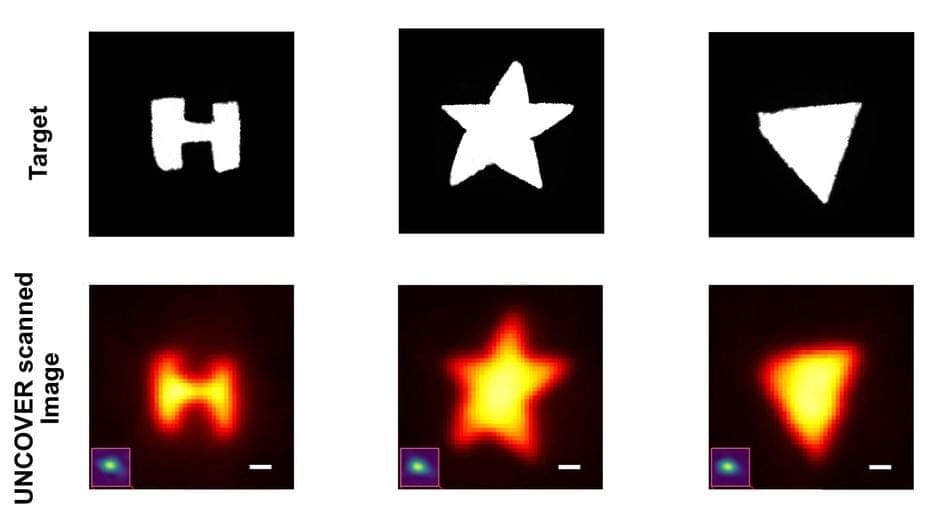Musk’s lawyers have asked a judge to force the social media company to unmask employees who calculate bot numbers, Reuters and Bloomberg reported.



The number of bots and spam accounts on the platform has been a sticking point for Musk throughout the deal. After months of back and forth, Musk’s issues with spam accounts eventually led him to publicly pull out of the $44 billion deal.
Last month, Musk accused Twitter of withholding information about the number of bots on the platform, later citing it as the reason for withdrawing his bid.
Musk’s lawyers claimed in a termination letter that his analysis indicated the percentage of false accounts on Twitter was “wildly higher than 5%” — the number Twitter disclosed in its financial reports.


A documentary exploring how artificial intelligence is changing life as we know it — from jobs to privacy to a growing rivalry between the U.S. and China.
FRONTLINE investigates the promise and perils of AI and automation, tracing a new industrial revolution that will reshape and disrupt our world, and allow the emergence of a surveillance society.
This journalism is made possible by viewers like you. Support your local PBS station here: http://www.pbs.org/donate.
Love FRONTLINE? Find us on the PBS Video App where there are more than 250 FRONTLINE documentaries available for you to watch any time: https://to.pbs.org/FLVideoApp.
Subscribe on YouTube: http://bit.ly/1BycsJW
#ArtificialIntelligence #Automation #documentary.

Could let computers work at warp speed, save energy, and even make trains fly. Scientists have used DNA to overcome a nearly insurmountable obstacle to engineering materials that will revolutionize electronics. Published in the journal Science on July 28, the work was performed by researchers at th.
A team of researchers from Nanjing University of Posts and Telecommunications and the Chinese Academy of Sciences in China and Nanyang Technological University and the Agency for Science Technology and Research in Singapore developed an artificial neuron that is able to communicate using the neurotransmitter dopamine. They published their creation and expected uses for it in the journal Nature Electronics.
US laser tank SHOCKED russians /
The American robots are here and they’re better than the Russian military in many ways. Video after video, we’ve seen Russian tanks roasting from Ukrainian fire — events that, in theory, wouldn’t happen if the Russian military had the robotic tanks that the US now has. These robotic tanks could change modern warfare as we know it and reduce casualty rates to the lowest in history, particularly the laser-guided-weapon-wielding M113 tank and every tank born of the Army’s Robotic Combat Vehicle program — as those have been in the news lately for all the right reasons.
Artificial intelligence has mostly been focusing on a technique called deep learning. It might be time to reconsider.

Imagine driving home after a long day at work. Suddenly, a car careens out of an obscured side street and turns right in front of you. Luckily, your autonomous car saw this vehicle long before it came within your line of sight and slowed to avoid a crash. This might seem like magic, but a novel technique developed at Caltech could bring it closer to a reality.
With the advent of autonomous vehicles, advanced spacecraft, and other technologies that rely on sensors for navigation, there is an ever-increasing need for advanced technologies that can scan for obstacles, pedestrians, or other objects. But what if something is hidden behind another object?
In a paper recently published in the journal Nature Photonics, Caltech researchers and their colleagues describe a new method that essentially transforms nearby surfaces into lenses that can be used to indirectly image previously obscured objects.
A team of researchers from Nanjing University of Posts and Telecommunications and the Chinese Academy of Sciences in China and Nanyang Technological University and the Agency for Science Technology and Research in Singapore developed an artificial neuron that is able to communicate using the neurotransmitter dopamine. They published their creation and expected uses for it in the journal Nature Electronics.
As the researchers note, most machine-brain interfaces rely on electrical signals as a communications medium, and those signals are generally one-way. Electrical signals generated by the brain are read and interpreted; signals are not sent to the brain. In this new effort, the researchers have taken a step toward making a brain-machine interface that can communicate in both directions, and it is not based on electrical signals. Instead, it is chemically mediated.
The work involved building an artificial neuron that could both detect the presence of dopamine and also produce dopamine as a response mechanism. The neuron is made of graphene (a single sheet of carbon atoms) and a carbon nanotube electrode (a single sheet of carbon atoms rolled up into a tube). They then added a sensor capable of detecting the presence of dopamine and a device called a memristor that is capable of releasing dopamine using a heat-activated hydrogel, attached to another part of their artificial neuron.